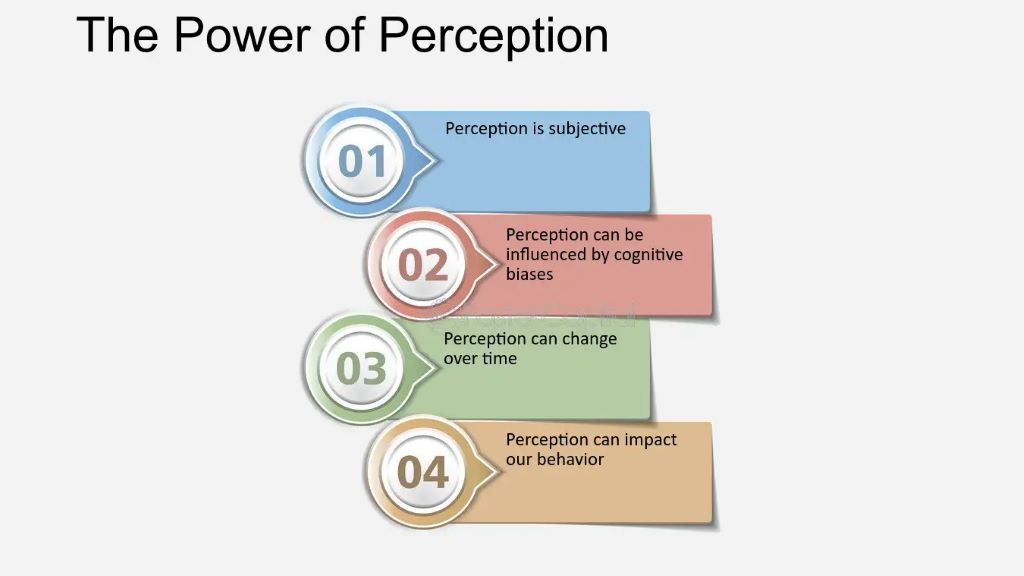
09 May The Power of Perception: Understanding Positive and Negative Attitudes
Our attitude is the lens through which we perceive the world. It colors our thoughts, feelings, and actions, shaping how we experience challenges, opportunities, and relationships. Two fundamental types of attitudes exist: positive and negative. Understanding the differences between them can be the key to unlocking greater fulfillment and success in all areas of life.
Characteristics of Positive and Negative Attitudes
- Optimism vs. Pessimism: Positive attitudes are rooted in optimism – that innate belief that good things are possible, even when faced with difficulty. Negative attitudes lean towards pessimism, expecting unfavorable outcomes and focusing on what can go wrong.
- Hope vs. Despair: Hope is a hallmark of a positive attitude. This manifests as a sense of possibility and a determination to find a way forward. A negative attitude often replaces hope with despair, leading to feelings of helplessness and the belief that situations cannot be improved.
- Resilience vs. Defeatism A positive attitude fosters resilience. It sees setbacks as temporary and challenges as opportunities for growth. On the other hand, negative attitudes cultivate defeatism, leading one to give up quickly when things get tough.
- Focus on Solutions vs. Focus on Problems: Those with positive attitudes are solution-oriented. They recognize problems but strive to identify and implement solutions. When a negative attitude prevails, the focus remains squarely on the problem itself, often amplifying it rather than leading to resolution.
- Gratitude vs. Complaint: Gratitude is a cornerstone of a positive perspective. It highlights what is good and working, creating a sense of appreciation. Negative attitudes tend towards complaint, emphasizing flaws and disappointments.

The Impact of Attitude
Our attitude has a profound impact on various aspects of our lives, including:
- Mental and Physical Health: Research consistently shows that a positive attitude contributes to better mental health, lower stress levels, and even a stronger immune system. Conversely, a negative attitude is linked to increased stress, anxiety, and a greater risk of depression.
- Relationships: A positive attitude fosters stronger relationships. People with positive attitudes are typically more pleasant to be around, encouraging, and supportive. Negative attitudes can drain relationships, leading to conflict, disconnection, and even resentment.
- Career Success: In the workplace, a positive attitude is invaluable. It promotes resilience, problem-solving skills, and productive collaboration. Individuals with negative attitudes may find it more difficult to build strong networks and progress in their careers.
- Overall Well-being: Ultimately, a positive attitude significantly increases our overall sense of well-being and life satisfaction. While we cannot control all circumstances, we can choose how we respond to them, and a positive outlook helps us navigate life’s ups and downs more effectively.
Cultivating a Positive Attitude
While some people seem naturally predisposed to positivity, it’s important to understand that our attitude is a choice – one that we can actively shape and nurture with practice. Here are some powerful ways to cultivate a more positive attitude:
- Practice Gratitude: A simple yet profound way to shift your focus is to actively practice gratitude. Take time each day to reflect on and write down things you appreciate, large and small.
- Choose Your Words Carefully: Our language influences our thoughts. Make a conscious effort to replace negative self-talk with more positive and empowering statements.
- Surround Yourself with Positive Influences: Spend time with people who uplift and inspire you. Their positivity will be contagious.
- Engage in Acts of Kindness: Helping others creates a ripple effect of positive emotions, benefiting both the giver and the receiver.
- Limit Exposure to Negativity: Monitor your news intake and social media usage. An overload of negativity can have a damaging influence on your perspective.
- Focus on Personal Growth: Dedicate yourself to continuous learning and self-improvement. This fosters a sense of agency and optimism.
- Practice Mindfulness: Mindfulness helps you stay present and focus on what you can control.
Important Note: It’s not about denying challenges or suppressing negative emotions. Rather, positive thinking means facing challenges with an outlook focused on finding solutions and growth opportunities.
By understanding the distinctions between positive and negative attitudes and proactively choosing positivity, we empower ourselves to lead happier, healthier, and more fulfilling lives.


No Comments